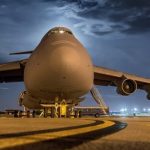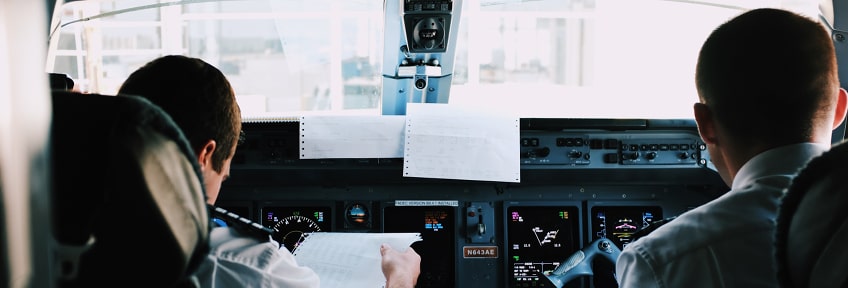The aircraft which you will be boarding in about 2-hours has landed! Almost immediately highly qualified and trained airline employees start pre-flight preparations performing their allocated duties like a well-rehearsed team they are.
Airline Pre-Flight Preparations
They need to be because within about 80-minutes they must complete crucial tasks related to airplane takeoff procedure, which include;
- Unload passengers and their luggage
- Cargo and mail
- Re-fuel to the extent of approximately 36,000 gallons
- Clean the plane
- Change to a new flight crew
- Load new passengers, including you!
Precision Control and Supervision
The aviation term for this procedure is “a turnaround”. When preparing a plane for taking off the main criteria demands a superior degree of organization and supervision. This is necessary because other airlines and passengers are also operating in accordance with extremely tight schedules. At the same time, it is crucial for the airline. Because profit margins are tight nod longer is an aircraft unemployed, fewer are the money-generating routes flown.
Each of the involved personnel must be in sync to achieve the required efficiency and produce the needed fast turnaround time. However, it does not detract from the stringently applied safety factors. In addition, it’s essential that errors could create delays in departure, thus aggravating passengers.
Airline: Time Influences Our Economy
A study conducted in 2010 conducted by the Federal Aviation Administration revealed that flight delays contributed to the United States economy losing $32.9 million-per-year. It was further seen that approximately 50-per cent of this sum could be attributed to airline passengers missing connections, with additional lodging and food costs.
The importance is given to a fast turn-around and employee performance is demonstrated by various airlines introducing incentive programs for their airline employees.
Passenger Safety, With Efficiency and Service
The inclement weather conditions as well as air traffic control issues and late flights arrivals, contribute to about two-thirds of all flight delays. However, airlines and the United States Department of Transportation, control all factors, for example:
- Regular maintenance
- Baggage loading delays
- Fueling issues
- Clean a plane
It is a situation which aggravates during the holiday periods. About 40% additional flights per-day are provided by airlines. It entails added attention to help passengers, such as you, prepare for your flight.
Behind-Scenes Servicing
As in any service-oriented industry, there are behind-the-scenes controls in effect as the various staff prepares themselves. Upon a flight landing, various dispatchers in the control center direct the plane to a designated terminal. Communication between the control center, pilots and flight attendants is to establish the presence of any mechanical issues needing attention.
Various relative minor repairs, such as torn seat fabric or a broken toilet fitting is postponed until the aircraft has a longer overnight stop.
A “No Go” Situation
Passengers need not fear that their wellbeing will be jeopardized by contingencies such as over-flight loads in the cause of schedules! Any issue with an aircraft determines as a safety risk. It has status “No Go”. This may include fuselage damage which will ground an aircraft.
From Cleaning to Feeding
Most of the pre-flight action is being conducted simultaneously from the cabin cleaning crews to the loading of meals. For the latter, a primary concern is that sufficient meals they have for the flight. Although miscounting the number required will not mean a no-go alert, it could, however, mean a disappointed passenger not having a meal on the next flight!
Ongoing communication and high-quality-efficiency are the key factors in successful pre-flight preparations and from moving to making a plane ready from one to another. They achieve this by discussions between airlines managers, during regular meetings throughout the day. Efficiency and operational control, equal no mistakes!
On the Flight-Deck
Pre-flight preparations are like an entire operation. In the front cabin of the aircraft, the Captain conducts a security meeting with the flight crew. During this briefing, the captain gives and reiterate instructions regarding the various procedures.
Please Board the Aircraft
The turn-around is on schedule and all pre-flight preparations will have a “completed” status. Except for arguably the most important; the passengers boarding! It is at this stage that all the careful planning can disrupt.
For instance, various passengers in line at the gate can suddenly decide to make last-minute calls or other activities on their mobile phones. Although it may seem insignificant, it has the effect of slowing the boarding queue.
Have a Great Flight
Despite all that could go wrong, the care, attention to detail and ultra-high efficiency of all airline personnel. It ensures that you have a great flight.
That is what it’s all about!




